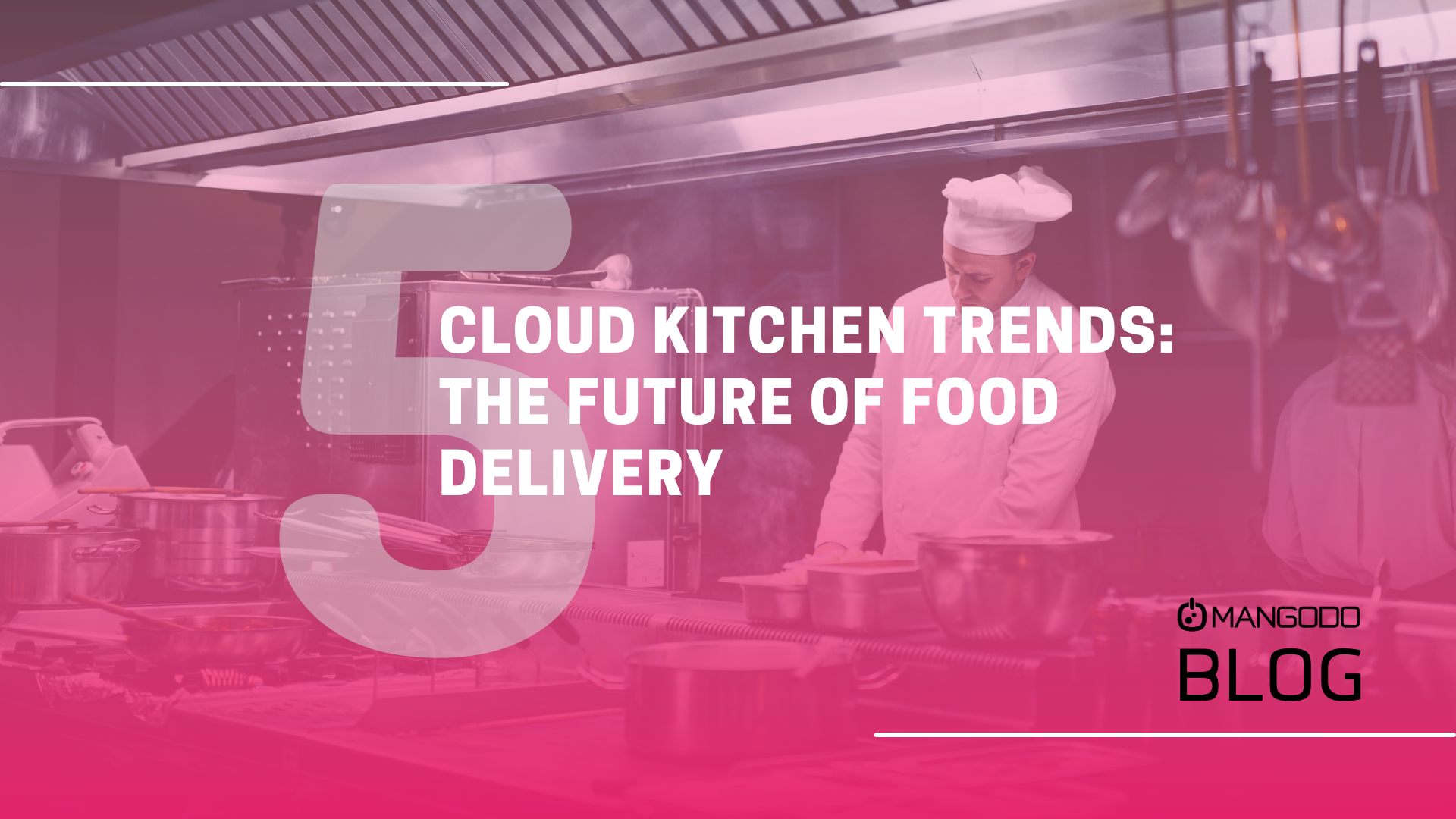Cloud Kitchen Trends: The Future of Food Delivery
The food industry has undergone a major transformation in recent years, and one of the most significant changes has been the rise of cloud kitchens. These virtual restaurants, also known as ghost kitchens, operate without a physical storefront and rely solely on online orders for their revenue. In this article, we will explore the latest cloud kitchen trends and their impact on the food delivery market.
1. Increased Demand for Delivery
The COVID-19 pandemic has accelerated the adoption of food delivery services, and cloud kitchens have become a popular choice for both consumers and restaurant owners. With the closure of dine-in options, many restaurants have turned to cloud kitchens to keep their businesses afloat. This has led to a surge in demand for delivery services, and cloud kitchens have been able to capitalize on this trend by offering a wide range of cuisines and menu options.
2. Integration of Technology
Technology has played a crucial role in the growth of cloud kitchens. These virtual restaurants rely on online ordering platforms, such as Grubhub and Uber Eats, to reach their customers. They also use data analytics to track customer preferences and optimize their menus accordingly. In addition, many cloud kitchens are experimenting with automation and robotics to streamline their operations and reduce costs.
3. Focus on Sustainability
Sustainability has become a top priority for many consumers, and cloud kitchens are no exception. These virtual restaurants have a smaller carbon footprint than traditional restaurants, as they do not require a physical storefront or extensive equipment. Many cloud kitchens are also experimenting with eco-friendly packaging and reducing food waste by using data analytics to predict demand and adjust their production accordingly.
4. Expansion of Virtual Brands
Cloud kitchens offer a unique opportunity for restaurant owners to experiment with new concepts and expand their brand without the cost of a physical storefront. This has led to the rise of virtual brands, which are essentially online-only restaurants that operate within a cloud kitchen. These virtual brands can test new menu items and cuisines without the risk of investing in a physical location.
5. Emergence of Dark Kitchens
Dark kitchens, also known as delivery-only kitchens, are a variation of cloud kitchens that operate without any branding or storefront. These kitchens are designed solely for food production and rely on delivery services to reach customers. Dark kitchens are becoming increasingly popular in urban areas where real estate is expensive and demand for delivery is high.
In conclusion, cloud kitchens are revolutionizing the food industry by offering a more efficient, cost-effective, and sustainable way to deliver food to consumers. These virtual restaurants are here to stay, and their impact on the food delivery market will only continue to grow. As technology advances and consumer preferences evolve, we can expect to see even more innovation in the cloud kitchen space.
